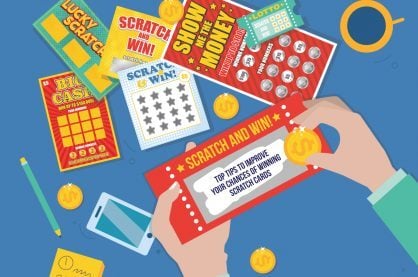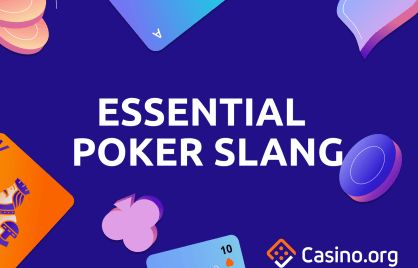Strategic Patience: The Mental Skill That Separates Winners from Wannabes
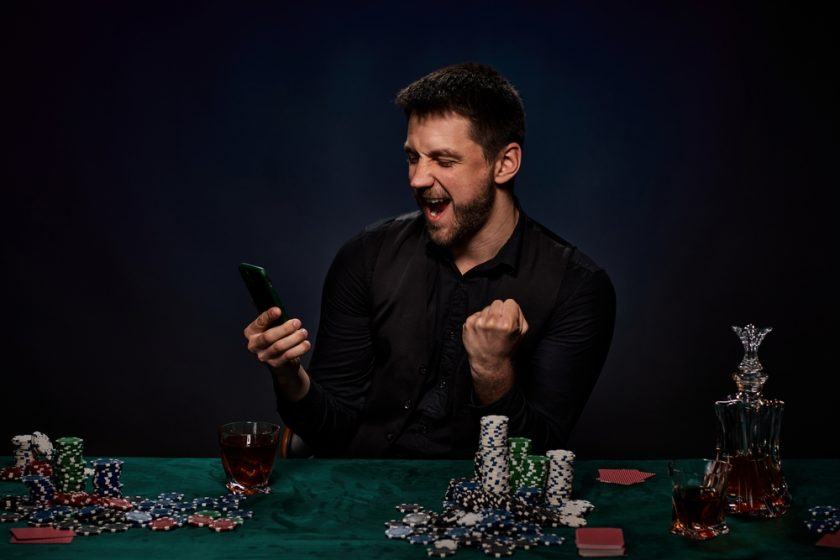
Summarize this post
At first glance, patience might seem like a “soft” skill in poker. Something that’s nice to have, but not as important as knowing ranges or understanding ICM.
But the reality is that strategic patience is one of the most underrated edges in the game.
I’m not talking about folding everything and waiting for aces. I’m talking about the mental skill of playing deliberately—choosing when to engage, why to stay in a hand, and how to resist the urge to force action just because you’re bored, card dead, or tilted.
The players who win over the long run aren’t the ones constantly in the mix. They’re the ones who know when to wait. They pass on marginal spots. They stay composed when the table is in chaos. They make fewer emotional errors, and that adds up big over time.
In this article, I’ll break down what strategic patience is (and what it’s not), why it’s a core mental skill that separates winners from the rest, and how you can train it, both at and away from the table.
Because in poker, the player who learns to wait with intention is often the one who walks away with the money.
What Strategic Patience Really Means (and What It Doesn’t)
When some players hear the word patience in poker, they picture folding everything but premium hands, playing ultra-tight, or passively waiting for the perfect spot to fall into their lap.
But that’s not strategic patience. That’s just playing scared (or worse, playing bored).
Strategic patience is something very different. It’s not about playing less. It’s about playing deliberately and with purpose.
It means knowing when:
- A spot isn’t worth the risk even if it’s technically “close.”
- Your emotional state might sabotage your decision-making.
- You need to wait for better information or better conditions before acting.
In other words, strategic patience is a mental skill blending discipline, timing, and emotional control.
Here’s what it can look like:
- Folding marginal hands preflop when you know you’re out of position and unlikely to realize equity
- Sitting through long card-dead stretches without inventing spots out of frustration
- Holding back on a bluff because your read isn’t solid, even if it feels like a good time to fire
- Delaying aggression until you have more information on a tricky opponent
- Choosing to quit a session early because your focus is slipping and you want to protect your win-rate and mental game
And here’s how impatience often shows up:
- Bloating pots out of boredom or ego
- 3-betting weak hands just to “make something happen”
- Calling rivers because “you’re due” or “I have to see if I’m getting bluffed”
- Forcing action after a downswing because you “need to win it back”
The key shift is this: Strategic patience is active, not passive.
You’re not folding because you’re scared. You’re folding because you’ve made an informed decision that this spot doesn’t serve your long-term edge.
And that kind of discipline is what separates the casual recreational from the real winners.
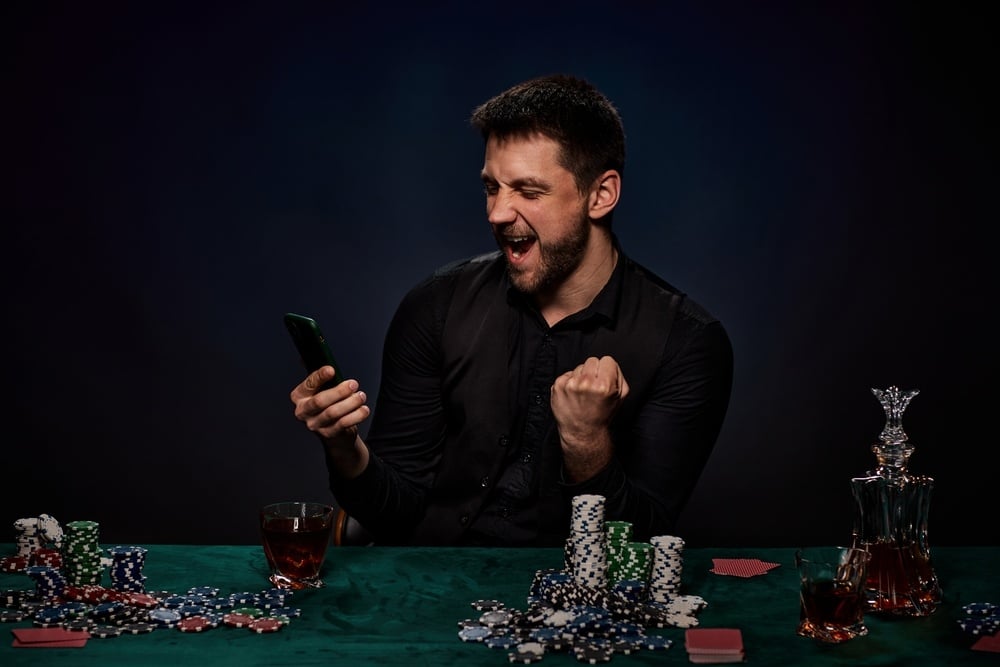
Image Credit: Evgenyrychko/Shutterstock
Why Strategic Patience Separates Winners from the Field
In a casino game where aggression and confidence often get all the glory, patience might seem… boring. But don’t let its quiet nature fool you. Strategic patience is a serious edge.
Why?
Because most players don’t have it.
They’re in constant motion—clicking buttons, chasing action, trying to force results. They hate folding. They hate waiting. And they especially hate feeling like they’re being left behind.
That’s where strategic patience sets you apart.
It’s the ability to pause, observe, and make decisions based on logic, timing, and long-term EV, not based on emotion or ego.
Strategic patience is built on three rare skills:
- Emotional Regulation – You can tolerate discomfort without acting impulsively. You don’t chase pots out of boredom or tilt.
- Impulse Control – You resist the urge to “make something happen” just because the cards have been cold.
- Long-Term Thinking – You understand that not every hand needs to be won. You’re playing the entire session, tournament, and even year, not just the moment in front of you.
Here’s what that looks like in practice:
- A cash game player folds AJo in the small blind against a strong UTG open, not because it’s a bad hand, but because the context doesn’t support it.
- A tournament grinder skips a thin bluff spot on the bubble because their stack is better preserved than gambled.
- A player takes a walk during a live session instead of punting in frustration after three bad beats in a row.
These aren’t flashy moves. But they are essential, and they do stack up.
Imagine if you made fewer emotional punts and preserved your mental energy. You’d be better able to capitalize on more opportunities when they actually matter.
And over time? You’d see that discipline compound.
From a performance psychology perspective, patience is a meta-skill. It supports everything else:
- It keeps your strategy intact.
- It preserves your decision-making clarity.
- And it lets your edge shine through by filtering out low-quality plays.
In short, it’s not just what hands you play—it’s how and when you choose to play them that makes the difference.
The 3 Types of Strategic Patience Every Player Needs
Please understand that patience isn’t just one thing. It shows up in different ways across your game, from hand selection to emotional control to how you approach your growth as a player.
Here are the three types of strategic patience you need to build if you want to play consistently strong poker over the long haul:
1. Tactical Patience: Waiting for the Right Spot
This is the most visible form of patience and the one most players think they’re using (even when they’re not).
Tactical patience means:
- Folding hands that are technically “fine” but not +EV in this spot.
- Not rushing to call, raise, or bluff just because you haven’t played a hand in a while.
- Letting your position, opponent tendencies, and stack dynamics dictate your involvement, not your ego or FOMO.
Ask yourself:
- Do I justify thin plays just to stay “active”?
- Do I feel uncomfortable when I’m folding a lot?
- Am I using my time wisely between hands or checking out mentally?
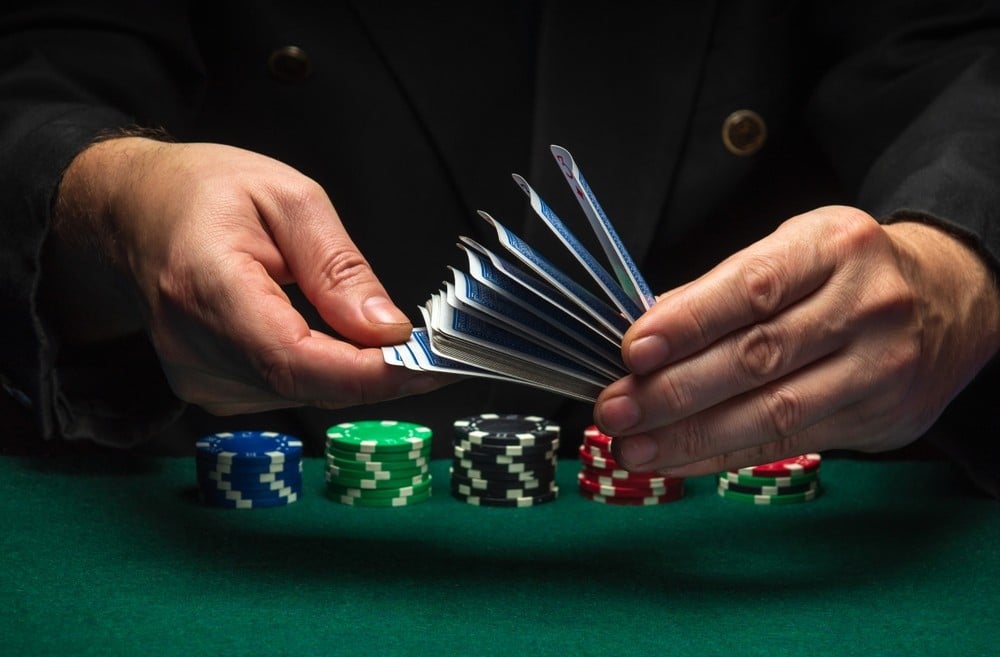
Image Credit: VITALII BORKOVSKYI/Shutterstock
2. Emotional Patience: Riding Out the Internal Storm
This is the patience most players don’t talk about, but it’s often the one that matters most.
Emotional patience means:
- Sitting with frustration after a bad beat, without reacting to it.
- Letting go of the need to “get it back” right away.
- Accepting card-dead stretches or rough sessions without spiraling.
This form of patience isn’t about discipline at the table. It’s about resilience inside your own head.
Ask yourself:
- Can I stay grounded after losing a few pots in a row?
- Do I act differently when I’m behind or feeling unlucky?
- Can I pause and reset before my next decision, or do I rush?
3. Developmental Patience: Trusting the Long Game
This is the most overlooked type of patience, especially in the age of highlight reels and instant results.
Developmental patience means:
- Staying focused on your process and poker progress over months, not hours.
- Being willing to grind low or mid-stakes longer than your ego wants.
- Continuing to study and work on your game even when your results haven’t caught up yet.
It’s the patience to become great, even if that journey takes longer than you hoped.
Ask yourself:
- Do I get discouraged when I don’t improve “fast enough”?
- Am I constantly chasing the next course or coach instead of mastering what I already know?
- Do I compare my timeline to others and feel behind?
The reality is that all three types of patience are connected. When you’re emotionally patient, you make better tactical decisions. When you’re developmentally patient, you’re less likely to chase short-term wins.
And when you build all three? You become the kind of player who can weather any storm while still playing your A-game.
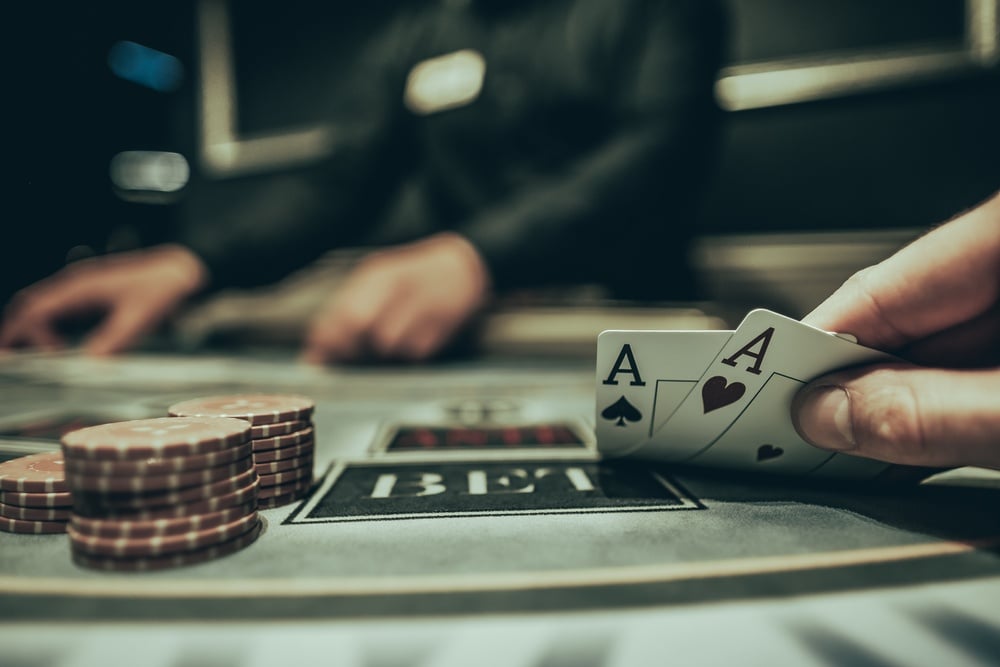
Image Credit: Bordovski Yauheni/Shutterstock
How to Train Strategic Patience
It might surprise you to learn that patience isn’t a personality trait. It’s a skill, and like any other poker skill, it gets stronger when you train it intentionally.
Here’s a step-by-step approach you can use to start building strategic patience into your daily poker routine:
1. Build Awareness First
You can’t train what you don’t notice. Start paying attention to the early signs of impatience:
- Rushed decisions
- Mental chatter like “I’m due” or “I’m folding too much”
- Emotional spikes like: frustration, boredom, urgency
These are your internal cues that you’re drifting from strategic focus into reactive play.
Pro tip: Use body signals, too. Physical signs like tight shoulders, shallow breath, or jittery legs often show up before mental leaks do.
2. Use a Grounding Strategy In-Game
When you feel impatience creeping in, pause. Take one or two rounds of 6-2-7 breathing (inhale 6, hold 2, exhale 7). This activates the parasympathetic nervous system, which calms you down so you can reset your focus.
Then ask yourself: “What’s the wise move here, not the knee-jerk one?”
This split-second question shifts your attention from emotion to intention.
3. Set a Session Intention
Start each session with a short mental cue that supports patience:
- “I’ll stay grounded, no matter what the cards do.”
- “I’m here to make quality decisions—not to prove anything.”
- “Strategic waiting is part of my edge.”
Write it down. Say it out loud. Anchor it before the cards are in the air.
4. Review With Patience in Mind
During post-session review, don’t just focus on mistakes. Take a look at why you made them.
Ask:
- Was I forcing the action?
- Did I play that hand because it was +EV, or because I was tilted?
- Where did I choose patience and benefit from it?
Keep a running list of “wins from waiting.” Those hands where folding, checking back, or slowing down saved you chips or preserved your focus.
5. Train It Away from the Table
Patience can (and should) be built outside of poker, too.
Here are a few science-backed methods:
- Mindfulness training: Practice sitting with discomfort without reacting.
- Urge surfing: Notice the impulse to check your phone, snack, or scroll, and then pause instead of immediately indulging it.
- Journaling triggers: Track what situations make you feel most reactive, and what responses serve you better.
The more you strengthen your emotional regulation in everyday life, the easier it becomes to stay calm and deliberate at the table.
I hope you see that strategic patience isn’t about being passive. It’s about choosing wisely.
And the more you practice, the more natural that calm, centered decision-making becomes.

Image Credit: Evgenyrychko/Shutterstock
Final Thoughts: The Edge That Doesn’t Show Up in the Stats
You won’t find strategic patience on a HUD. It doesn’t show up in hand histories, and no one gives you props for folding a marginal spot or skipping a bluff that wasn’t quite right.
But behind the scenes? Patience is what separates the players who flame out from the ones who keep improving and keep winning.
It’s not about playing tight. It’s about playing smart.
Strategic patience helps you avoid spewing, stay focused, and make better decisions over time. It enables you to handle emotional swings, resist short-term urges, and play your A-game more often, especially when it counts.
So here’s your next step:
Pick one type of patience—tactical, emotional, or developmental—and start working on it this week. Set a simple intention before your next session. Track how you respond in moments where you’re tempted to force something. Because while anyone can be aggressive, the players who can wait on purpose are the ones who win when it matters the most.
Title Image Credit: WPixz/Shutterstock
